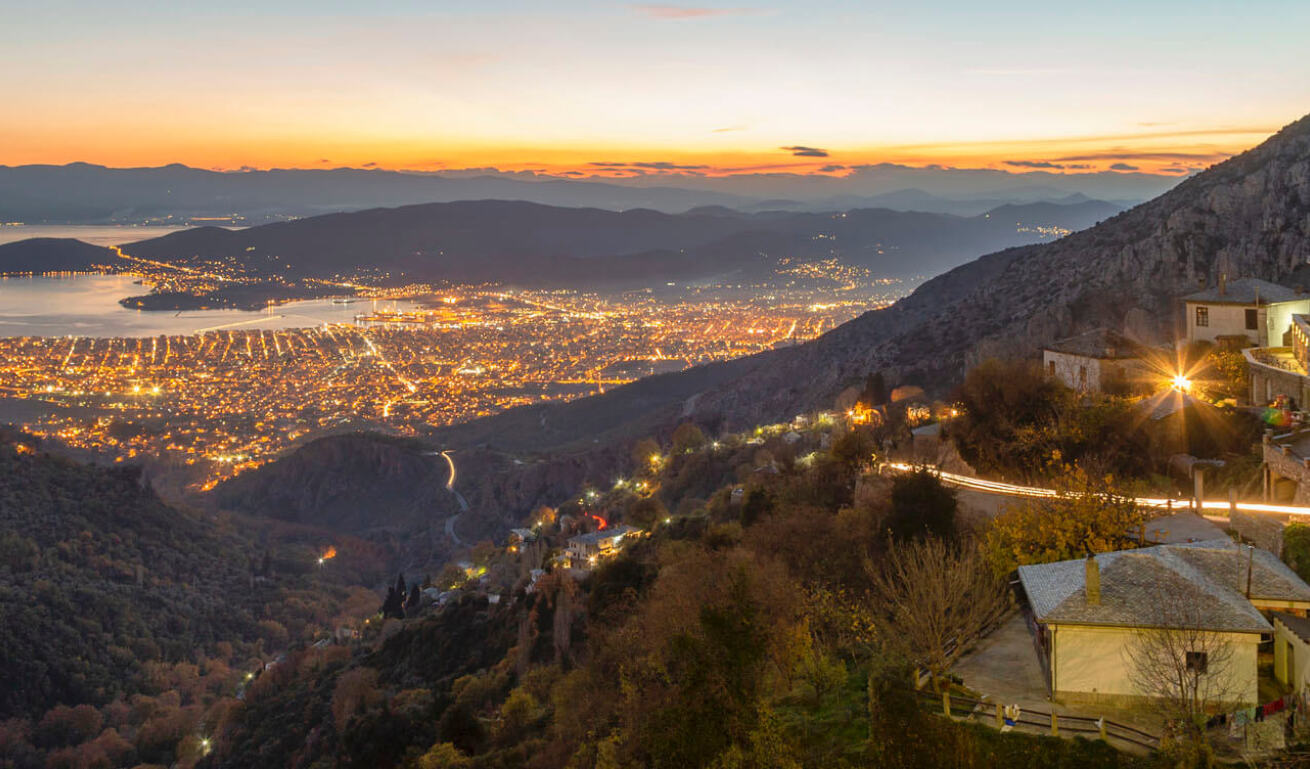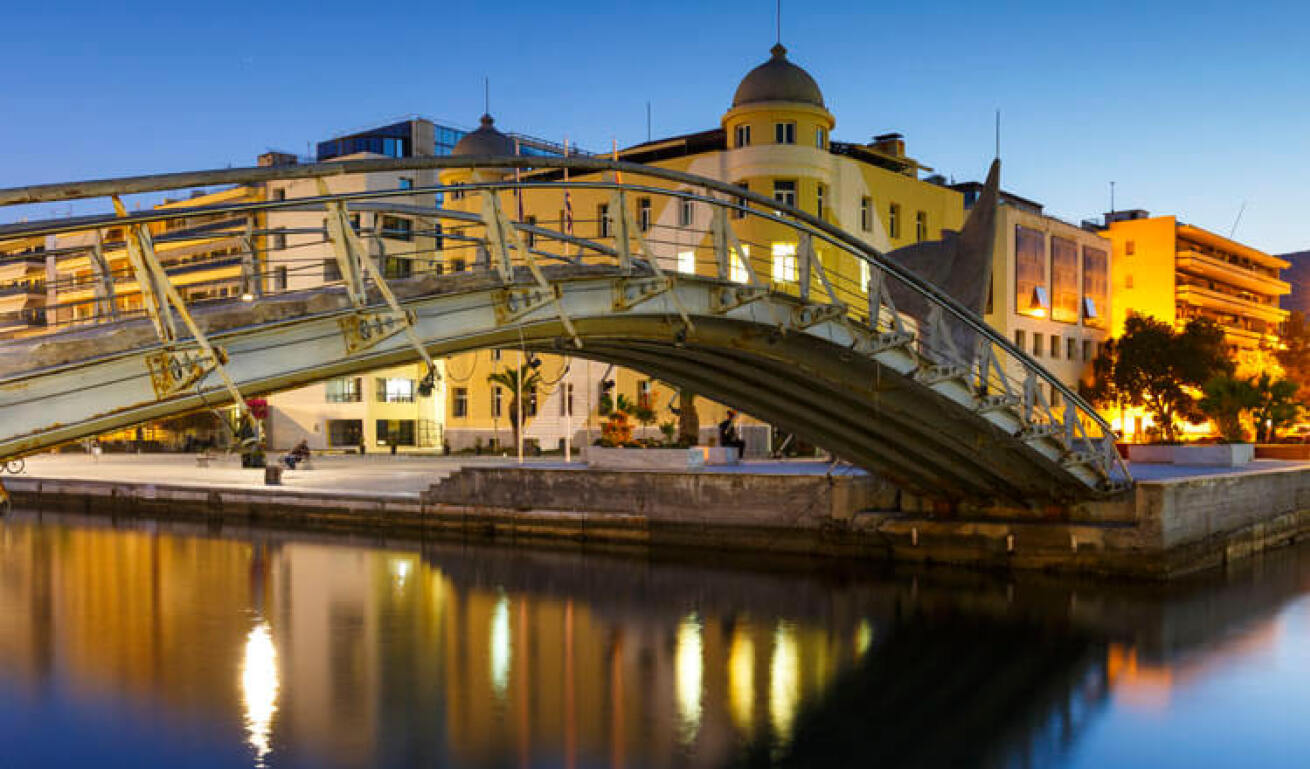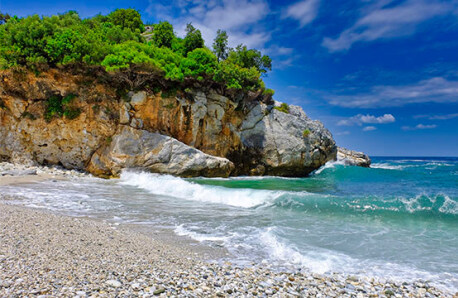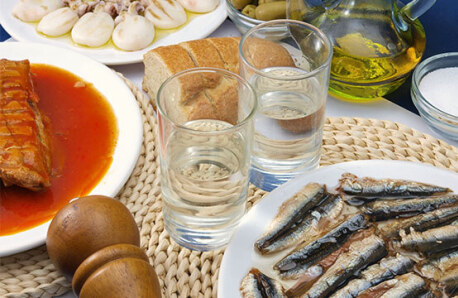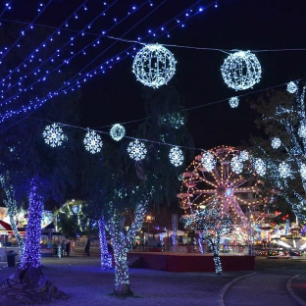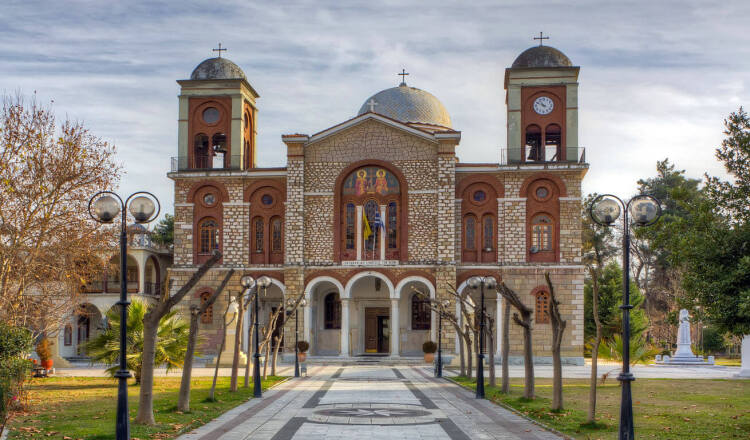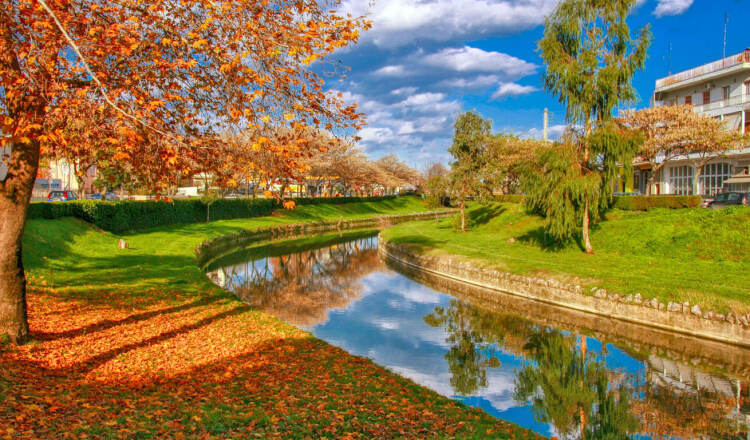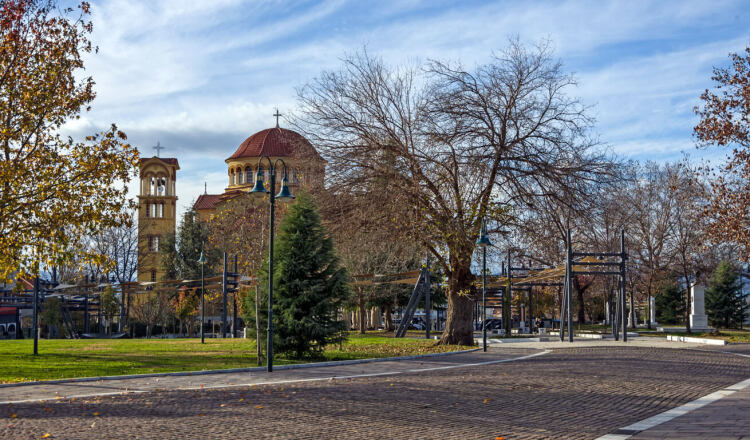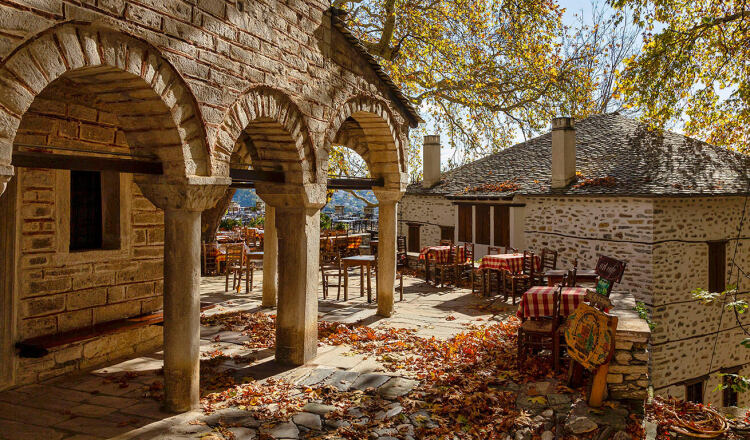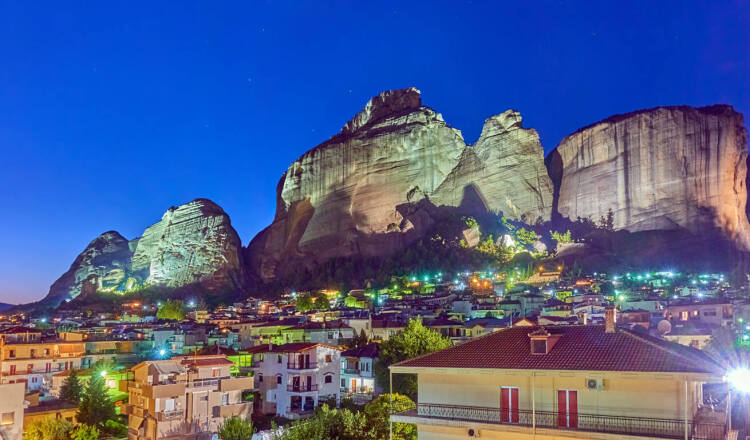
Volos
NOW
16 °C
Next 5 days
-
THURS
11 °C
-
FRI
13 °C
-
SAT
16 °C
-
SUN
11 °C
-
MON
10 °C
Climatic Data
Source: National Observatory of Athens /meteo.gr
Follow the paved Argonauts Avenue on the seafront and go all the way to the port on its western side, just as the locals love doing when in the mood for a romantic stroll with a stunning view to the open sea.
Unique Experiences
Take a Tour of Volos City
The long seafront is lined with traditional cafés and restaurants and among them you will find the local eateries called tsipouradika, where you will try the traditional tsipouro (a local strong spirit) and a variety of tasty seafood and fish dishes. The pedestrianised seaside Argonauts Way and the passenger port terminal, located on its west end, offer amazing views to the open sea and they are the most popular rendezvous spots for both locals and visitors.
The sights in Volos are so many that visiting them all will prove to be quite a challenging target. If walking is not your thing, there are alternatives: the bicycle lovers among you will be happy to know that there is a 10km long network of bicycle lanes so you can enjoy moving around the city, using a noiseless and ecological means of transport. The old industrial buildings will catch your eye; they are unmistakable evidence of the economic growth Volos has experienced during the first half of the 20th century. Nea Ionia is a large district formed by refugees of Greek origin who fled Turkey after the end of the Greek – Turkish war in 1922, and it’s an area which has helped shape the city character to a considerable degree. The elegant buildings in the city centre, in the harbour area, and the railway station, and the working-class neighbourhoods in the environs have formed a charming city to live in and visit.
Iasonos, Dimitriados and Ermou Streets and the streets that cross them (many of which are pedestrianised) are the busiest part of the city centre, where most of the commercial activities and nightlife take place, with the students of the University of Thessaly being among the most vivacious contributors to the city’s prosperity.
Places worth visiting:
- The pedestrianised Argonauts Way, where you will see the sculpture titled Argo (by the harbour), created by the artist Nikolas, one of the city landmarks. You can also see the modern-day Argo, the ship which was built as an exact copy of its legendary ancient counterpart, one that roamed the Greek seas and beyond, some 3,500 years ago; it’s a feat of shipbuilding by all means, which will offer a thrill to all visitors, especially history lovers.
- The beautiful Papastratos building (1926) for its special architectural style. Today it houses the administrative services and a number of Schools of the University of Thessaly.
- Palia quarter, in the west city section; it is estimated that it has been inhabited continuously since 3000 BC and that the location matches the site of ancient Iolkos. Take a tour of the Roman Baths, the ruins of the castle (mid-6th c. A.D.), the Ottoman powder magazine (1600), the Agion Theodoron square, and the former Tsalapata factory (1925) which now houses the Rooftile and Brickworks Museum.
- The tree-shaded Rigas Feraios square – the city’s largest one – where the impressive Town Hall and the building of the Municipal Theatre are located. The theatre has the largest scene among the Balkan countries.
- The extensive Agios Konstantinos park named after the church situated in it, and Anavros park where you can visit the open-air exhibition of sculptures.
- Achilleion theatre (1925), an impressive neoclassical building, designed by architect K. Argyris.
- The green Goritsa hill, with the 1892 church of Panagia (Virgin Mary) built on the top; the location will provide you with a panoramic view of Volos and Panagia Trypa church built inside a cave, by the sea.
Latest Events
VIEW ALL
BY CAR
From Athens via PATHE (Athens-Thessaloniki),exit to Volos, the route is about 4 hours. From Thessaloniki via PATHE (Athens-Thessaloniki) and continue via Volos-Larissa Road the route lasts 2, About 5 hours.

BY PLANE
Volos is connected to Athens International Airport, the flight lasts 5 hours but also to Macedonia International Airport (Thessaloniki), it is also connected to other airports in Greece.

